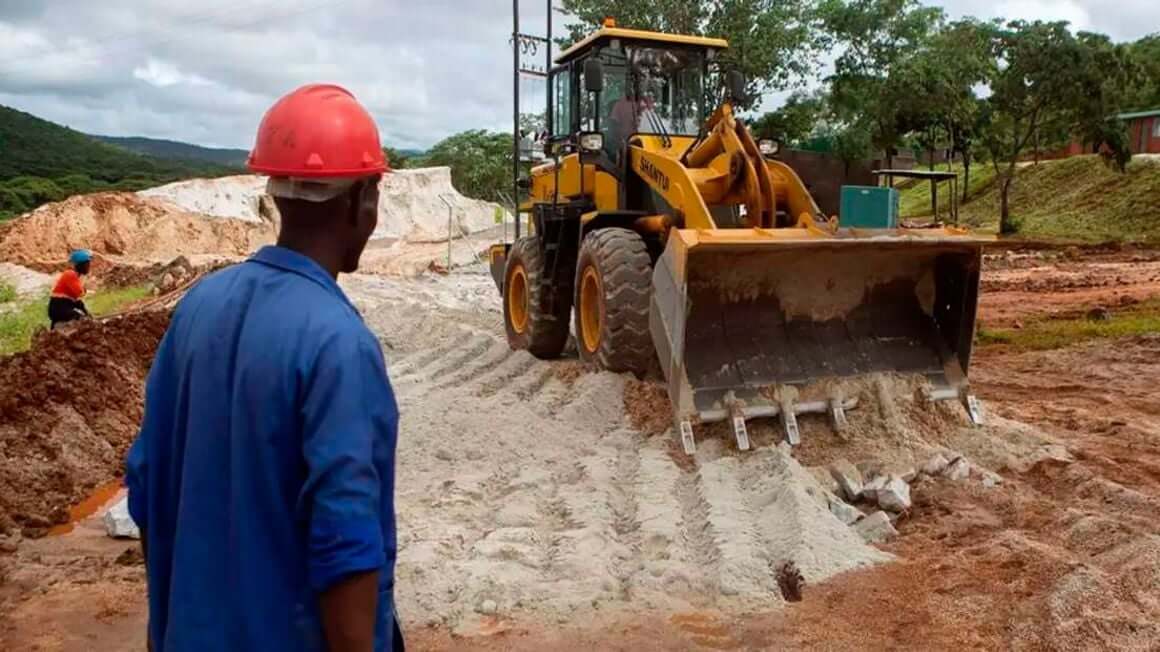
Our Projects are
Transforming African Trade
Quick Contacts
2nd Floor, Fidelity Insurance Centre Waiyaki Way, Westlands

When the European Union (EU) and the United States of America (US) announced their collaboration by signing a joint communique in September 2023 to construct Africa’s inaugural transcontinental Lubito trade corridor, it symbolised a pivotal moment in Africa’s economic journey.
Should this venture succeed, it will span the mineral-rich Angola, the Democratic Republic of Congo (DRC), and Zambia.
The region’s strategic significance extends to the supply of other critical minerals such as lithium, copper, manganese and coltan. The new infrastructure is poised to play a pivotal role in collecting these minerals, which are crucial for producing electric vehicles, wind turbines, and computers.
Thus, transforming it into a robust regional economic community comprising 16 Member States, it also promises to revolutionise the entire Southern African Development Community (SADC) region, calling for a clear strategy that can be used to support the local value additions.
Reflecting on the growing desire among African countries, particularly those rich in raw materials, to move away from traditional exports and foster local job creation, the project holds the potential to transform the Southern African Development Community (SADC) into a robust economic hub and foster regional competitiveness.
As the corridor unfolds, its broader implications for harmonising regulations and propelling the Africa Continental Free Trade Area (AfCFTA) also underscores the importance of a comprehensive continental infrastructure roadmap.
Currently, Africa stands at a crossroads, and with strategic partnerships and inclusive development, it can redefine its narrative, offering a brighter future for its youth and becoming a global exemplar of progress and connectivity.
This ambitious initiative will particularly benefit three landlocked countries: Botswana, Malawi, and Zimbabwe. The comprehensive development plan includes, among others, constructing a rail line and substantial investments in digital access and agricultural value chains.
These efforts aim to enhance productivity and elevate regional competitiveness. Beyond the economic benefits, the project can potentially alleviate geopolitical tensions between China and the West, given the collaborative involvement of Portuguese and Chinese firms, marking a new era of complementarity.
Angola, DRC, and Zambia have committed to harmonising regulations to facilitate infrastructure development and transport minerals from the hinterland to the port of Lubito on the Atlantic Sea.
The region hosts the world’s most significant cobalt and lithium reserves. While DRC controls 73 percent of global cobalt resources, only 145 tonnes were mined in 2022, contrasting with Canada, holding 1.6 percent, which mined 3,100 tonnes.
The success of the Lubito Corridor project could have profound implications if the harmonisation of regulations extends to other SADC States, positively impacting the Africa Continental Free Trade Area (AfCFTA). According to a recent UNCTAD report, intra-African trade is just 16 percent of African exports. AfCFTA can potentially increase intra-African business by approximately 33 percent and reduce the continent’s trade deficit by 51 percent, contingent on harmonised cross-border regulations.
The Lobito Corridor project is paramount to Africa, showcasing that insufficient infrastructure not only escalates business costs but also hampers private investment and undermines the continent’s capacity to capitalise on global trade growth. Once completed, this corridor will foster connectivity, not only within the three countries but also in neighbouring nations, facilitating the more efficient and seamless movement of products, people, and services. It will eliminate geographical barriers, expanding access to markets, resources, and economic opportunities.
The realisation of the dream of free movement of people and the embodiment of pan-Africanism necessitates the establishment of more rail lines across the continent. The northern corridor, extending into the landlocked countries of central Africa, holds substantial opportunities. Completing such infrastructure projects transforms several economies by significantly enhancing productivity and reducing the time it takes for cargo to travel from the Indian Ocean to landlocked countries.
Further potential lies in establishing a Sahel rail line, connecting Dakar, Bamako, Ouagadougou, and Niamey to Djibouti and the Cairo to Cape Town route. These are not mere aspirations but critical issues that the Pan-African Parliament (PAP) should contemplate, developing a framework for a continental infrastructure roadmap akin to the EU.
The writer is Kenya’s Ambassador to Belgium, Mission to the European Union, Organization of African Caribbean and Pacific States and World Customs Organization. The article is written at a personal level.
Read original article
Disclaimer: The views and opinions expressed in this article are those of the authors and do not necessarily reflect the official policy or position of TradeMark Africa.